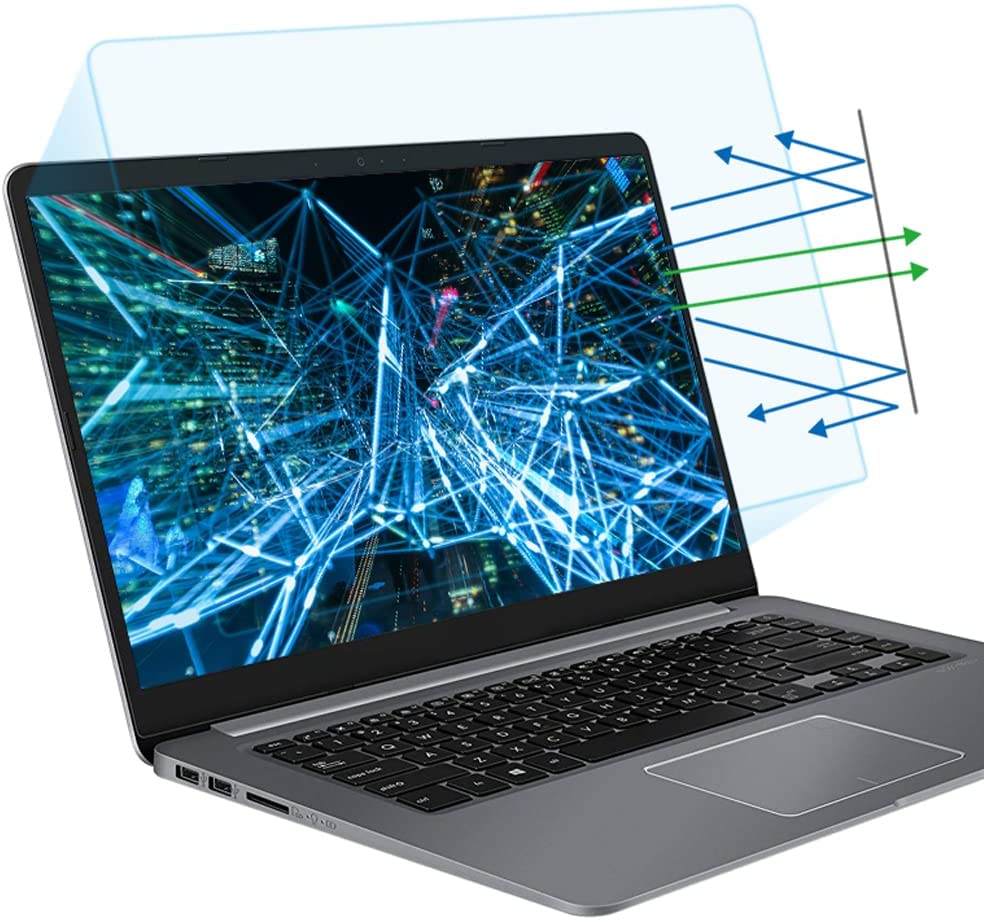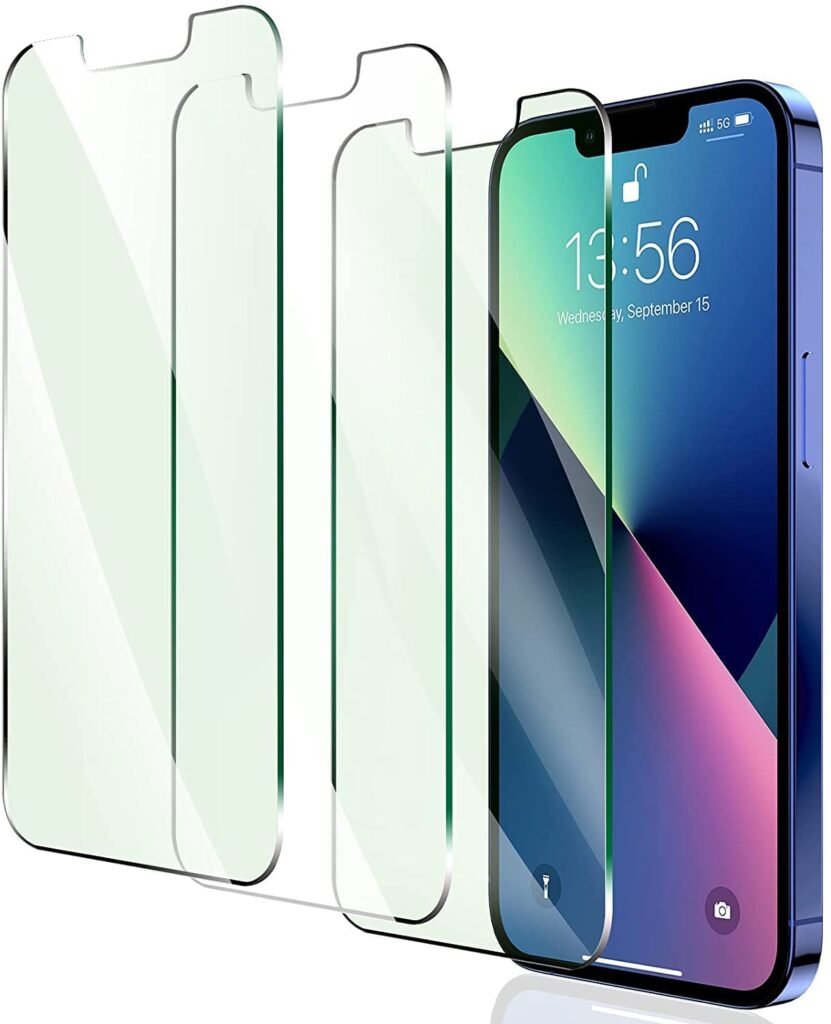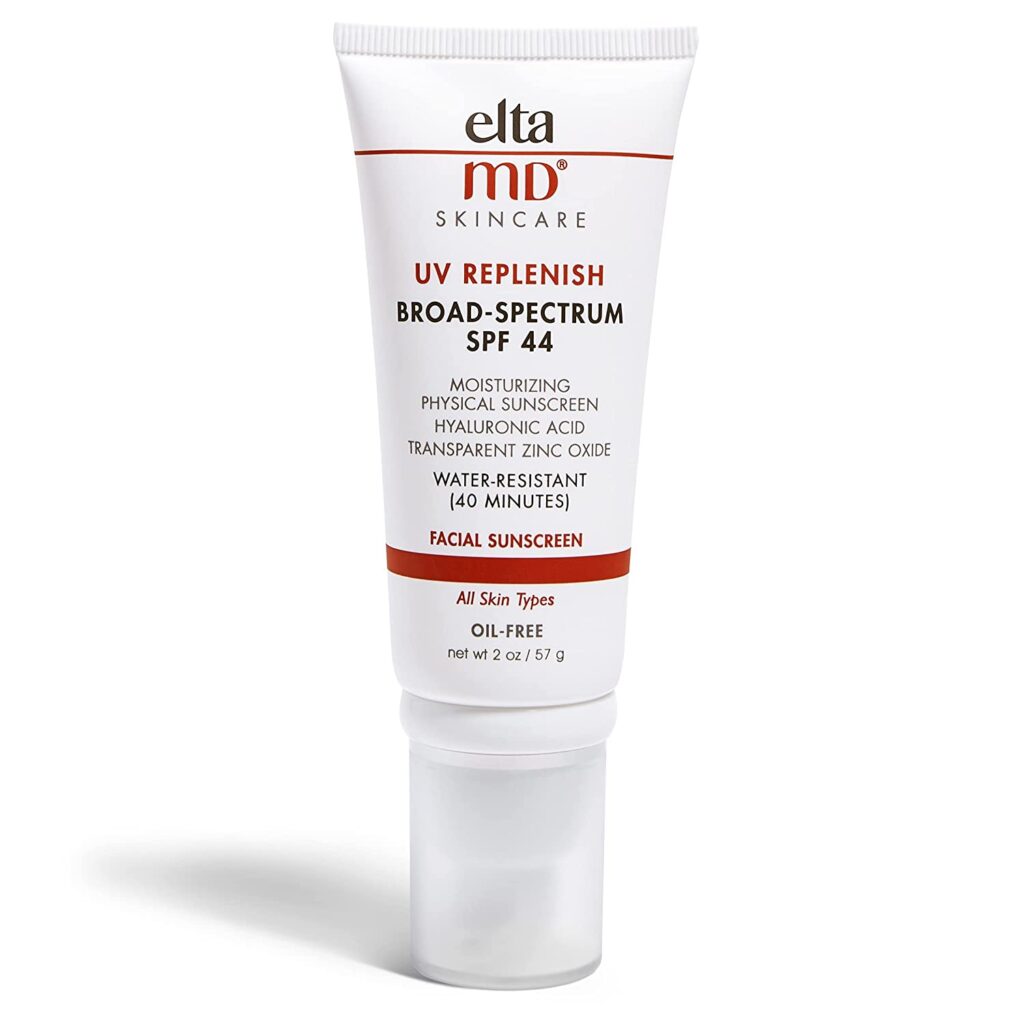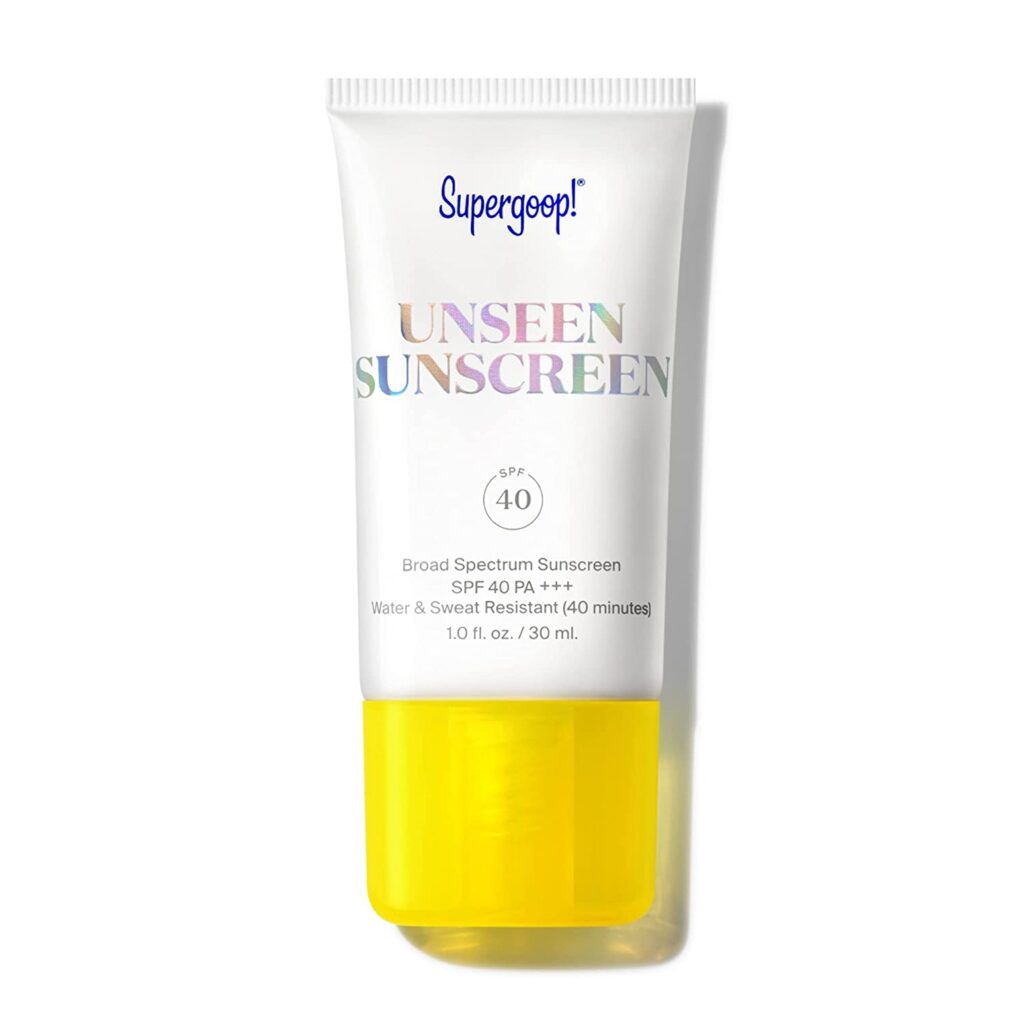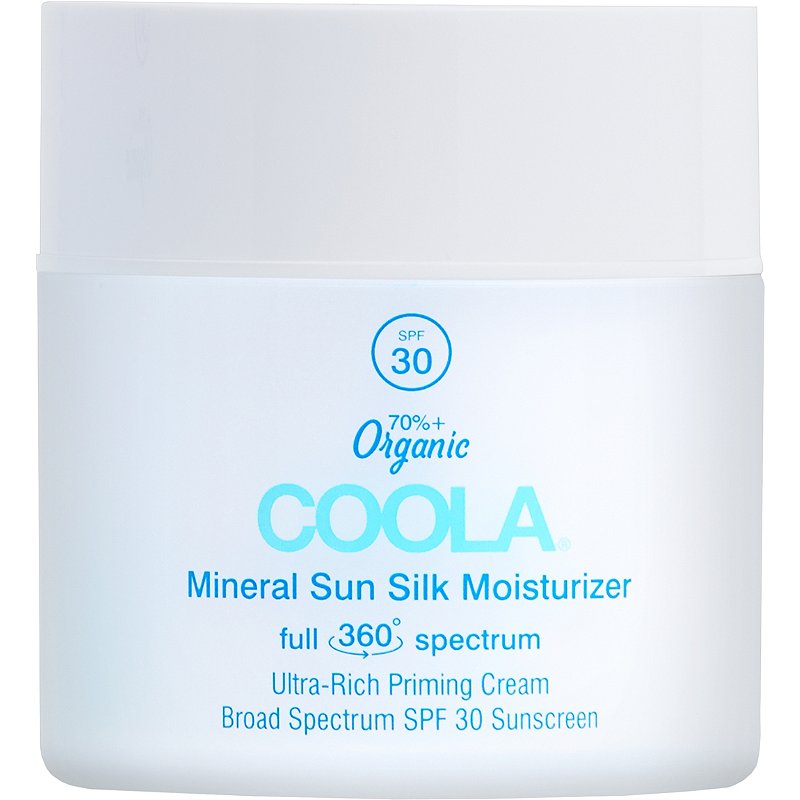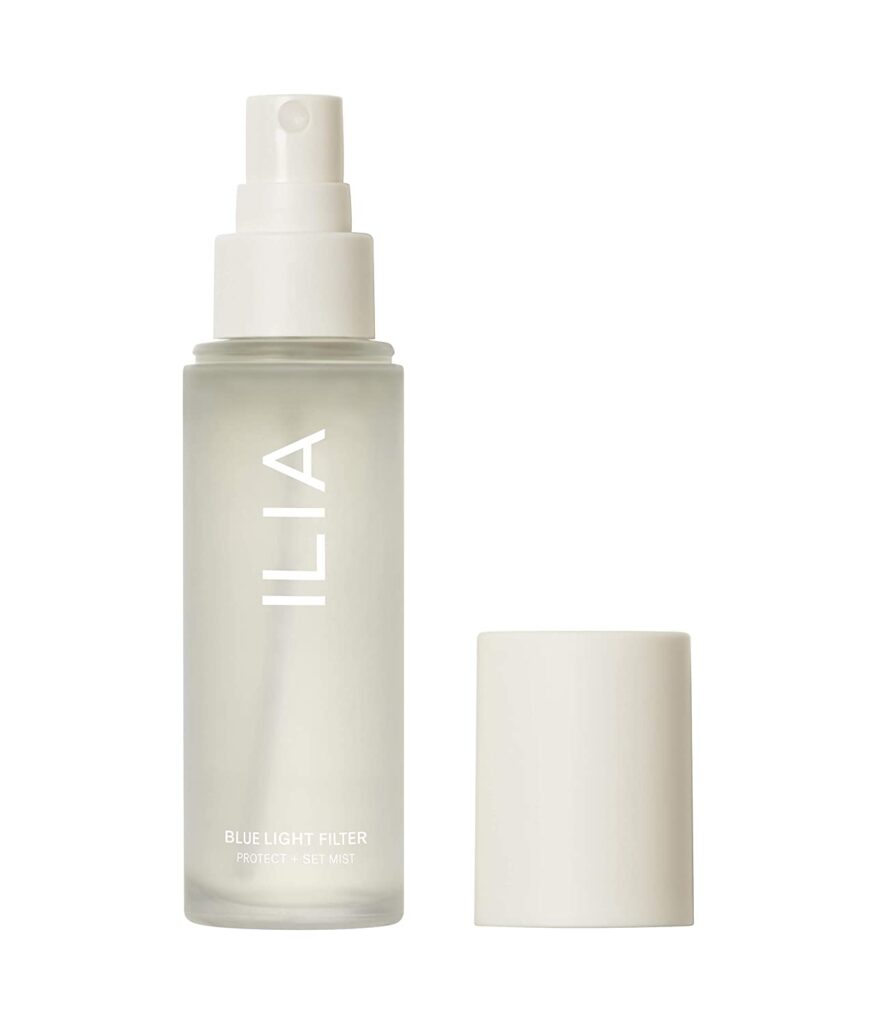Man-made exposure to blue light is rapidly becoming a concern for many, from the seemingly ever-growing tech industry that has thousands of workers sitting in front of computer screens every day, to the average cellphone and tablet user, such as myself. While blue light itself is not new (though many of us are just beginning to hear, learn, and pay attention to it), the amount of blue light exposure that we face due to the daily usage of technological devices is a relatively new phenomenon.
It is also important to know that not all exposure to blue light is bad. However, just as is the case with most things in life, you can have too much of a good thing. This is why I decided to begin researching blue light. What is it? Is it harmful? If so, what can we do realistically to protect ourselves from it? Is it something that is emitted from all electronics? How and in which ways does it affect us? I had so many questions and no idea where to start.
Needless to say, I dove in headfirst and spent days reading a plethora of articles and published research. The good news is that I’ve already done a lot of the work which I will detail (with sources) below so that you don’t have to. A win/win if you ask me. 🙂
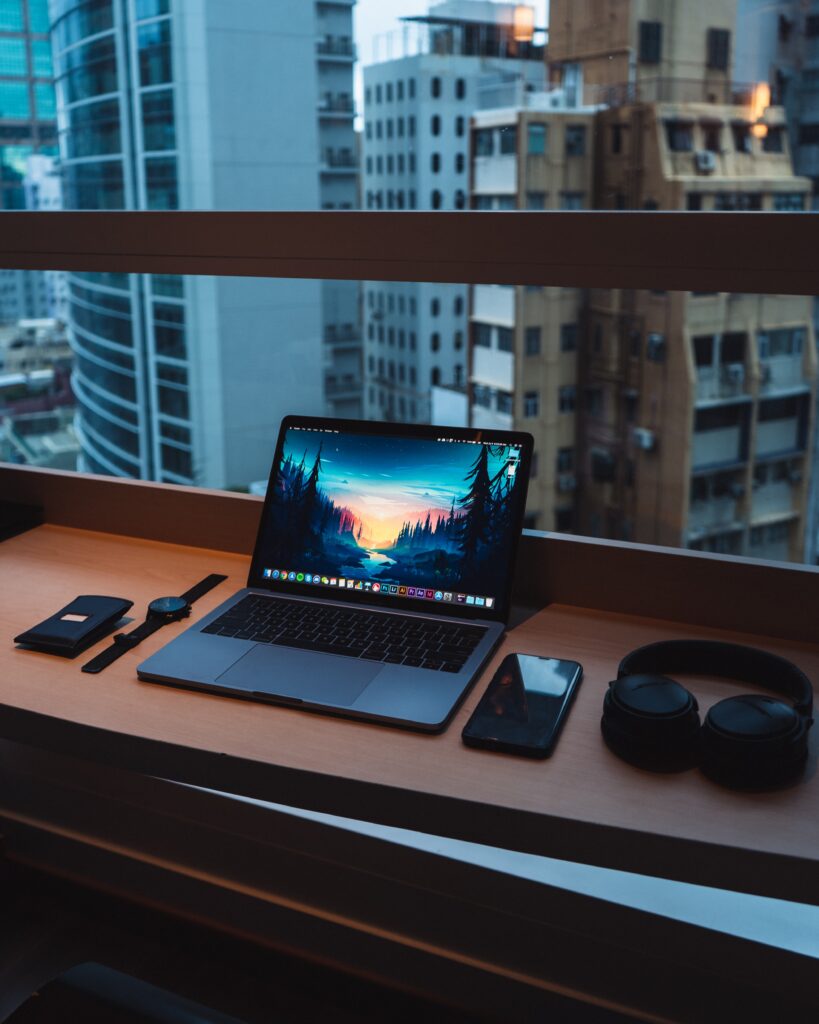
The Answers We Need
First things first, what is blue light? According to UC Davis, blue light is part of the visible light spectrum. It has the shortest wavelength and the highest energy. About one-third of all visible light is considered high-energy visible (HEV), or “blue,” light. It turns out that natural sunlight is the main source of blue light and exposure to sunlight outdoors is also where we happen to get most of our exposure to it. However, exposure to blue light is not limited to spending time outdoors.
As it turns out, the amount of blue light that is emitted from our devices is only a fraction of what is emitted from natural sunlight but the fact that we are spending more time each day in front of our screens (oftentimes much more than we spend outside) means that we are facing more exposure than perhaps we typically would in a world without our devices. Also, our screens tend to be used in relatively close proximity to our faces, especially our cell phones, exposing us to even greater amounts of blue light.
The Problems
Research has shown that exposure to blue light can cause oxidative damage in the skin. Oxidative damage is the harm done to cells and tissues that are unable to keep up with free radical production. In simple terms, you definitely don’t want to experience it, at least not whenever and wherever you can prevent exposure from happening. While not all blue light is harmful (when utilized by professionals, for example), one of the physical changes that we see as a result of oxidative damage is the breakdown of collagen which results in premature aging, fine lines, and wrinkles. Yuck.
For those with Black or brown skin tones, the effects of blue light are especially harmful, according to a study from 2010, because those with greater amounts of melanin also have an increased likelihood of experiencing hyperpigmentation compared to lighter skin tones with less melanin. Whatever your skin type may be, just 30 hours of exposure to blue light from a smartphone or laptop screen can increase inflammation levels in skin cells by 40 percent. That number is quite frightening. Studies also show that exposure to blue light can cause damage to your retinas, as well.
Have you ever had a difficult time falling asleep because you can’t put your phone down? No shame or judgments here because I’m also guilty of it. Well, it just so happens that blue light also affects our circadian rhythm, our body’s internal clock, which in turn affects how we sleep. This is why the National Sleep Foundation recommends shutting off electronics at least 30 minutes before bed to help get your best sleep. You can also click on this article to get more tips on relaxation at home.
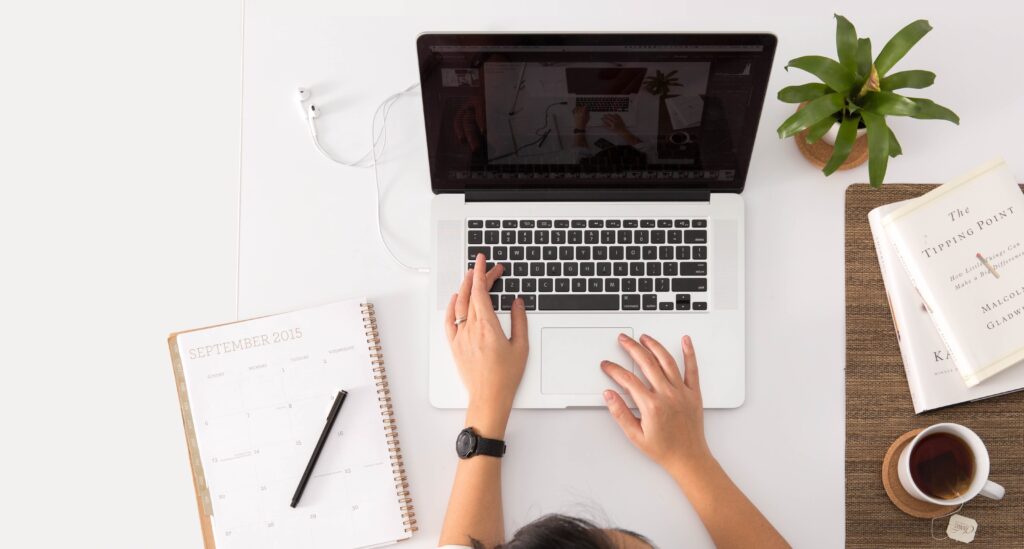
The Solution: Combating Blue Light
There are several ways to protect your skin and eyes from blue light aside from cutting down on your device usage time. You can lessen your blue light exposure by investing in a blue light shield for your laptop and phone, for example. Below I have provided two examples of such screen shields below, one for laptops and one for iPhones but of course, go with whichever fits your device and personal needs if you decide to invest in one.
Another thing we can do to protect our skin from every kind of damage, including blue light damage, is to wear sunscreen, even when indoors. Below are a few sunscreens that deliver powerful sun and HEV light protection while also combating skin-aging free radicals from UV and IR radiation.
Another great way of not only protecting your skin but also helping it to repair the damage that has already been done is to implement antioxidant-rich, repairing serums, creams, and face mists into your skincare routine. Look for products that are not only able to improve the appearance of fine lines and wrinkles and brighten the complexion but products that also mitigate the damaging effects of free radicals generated by environmental factors such as pollution and blue light. Check out some of my favorites below.
